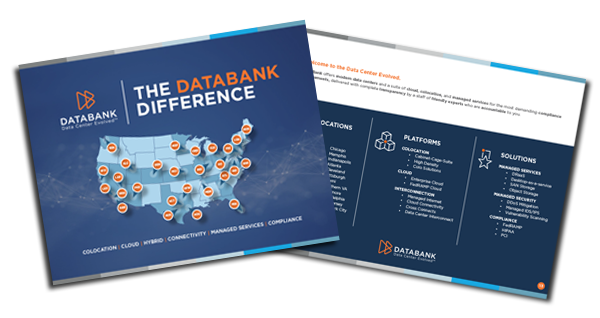
You may be familiar with Platform-as-a-Service (PaaS) but could you answer the question “What is PaaS used for?”. In some cases, the person who is asking the question may mean “What are the use cases for PaaS?” In others, however, they might actually mean “Why is PaaS chosen over other options?”
If someone is asking “What is PaaS used for?” meaning what are its use cases, there are several potential examples you could give them. Here are the five main ones.
Developers can leverage Platform-as-a-Service to expedite the creation and deployment of web apps using pre-existing frameworks, tools, and libraries, thereby shifting their focus towards app building instead of managing the underlying infrastructure. Moreover, PaaS providers offer inherent scalability, enabling web apps to handle mounting traffic as the user base expands.
PaaS can also be used for mobile app development and backend support. Mobile app developers can use PaaS to quickly build and deploy mobile apps and connect them to backend services like storage, databases, and APIs. This can greatly reduce the time and cost required to develop and deploy mobile apps.
Platform-as-a-Service can also be used for IoT (Internet of Things) application development and management. PaaS providers offer tools and services for building and managing IoT applications, including device management, data collection and analysis, and integration with other applications and services.
PaaS can also be used for AI (Artificial Intelligence) and ML (Machine Learning) application development and deployment. PaaS providers offer tools and services for building and deploying AI/ML applications, including data preprocessing, model training, and deployment.
Platform-as-a-Service can also be used for Big Data processing and analytics. PaaS providers offer tools and services for processing and analyzing large amounts of data, including data storage, processing, and analysis tools. This can greatly reduce the time and cost required to manage and analyze large datasets.
If, on the other hand, someone asks “What is PaaS used for?” meaning “What are the benefits of PaaS?”, here are some of the answers you could give them.
One of the primary benefits of Platform-as-a-Service is its scalability and flexibility. With PaaS, businesses can quickly scale their applications up or down in response to changing demands, such as spikes in traffic or new feature requirements. This scalability allows businesses to quickly respond to changing market conditions, reduce the risk of downtime, and avoid over-provisioning resources.
Platform-as-a-Service can also help businesses reduce their infrastructure costs. With PaaS, businesses can eliminate the need for expensive hardware, software licenses, and ongoing maintenance and upgrade costs. Instead, businesses pay only for the resources they use, which can lead to significant cost savings.
By utilizing pre-built tools, frameworks, and libraries, developers can quickly create and deploy applications, ultimately reducing the amount of time and resources needed for development and launch. This increased efficiency allows businesses to introduce new products and services to the market more quickly, giving them a competitive advantage in today’s fast-paced business landscape.
Platform-as-a-Service also offers automated deployment and management capabilities. With PaaS, businesses can automatically deploy, monitor, and manage their applications, freeing up valuable IT resources to focus on other business-critical tasks. PaaS providers typically offer tools for monitoring and managing application performance, identifying and resolving issues, and scaling resources.
Robust security features, such as firewalls, encryption, and access controls, are typically included in Platform-as-a-Service offerings by providers. Moreover, PaaS providers typically conform to industry and regulatory standards, including PCI DSS, HIPAA, and GDPR, which can aid businesses in meeting their compliance requirements. This can ultimately contribute to improved security and compliance posture for businesses utilizing PaaS solutions.
Related Resources:
What Is Edge Computing?
The Ultimate Guide to Hybrid Cloud
What Is IaaS? A Data Center In The Cloud Packed With Services
Implementing DDoS Attack Mitigation: Key Considerations for Robust Protection
What You Need to Know About Cloud for Healthcare: Transforming the Industry
DDoS Protection: Safeguarding Your Online Presence
What You Need to Know About Edge Processing: Empowering Real-Time Data Analysis


Discover the DataBank Difference today:
Hybrid infrastructure solutions with boundless edge reach and a human touch.